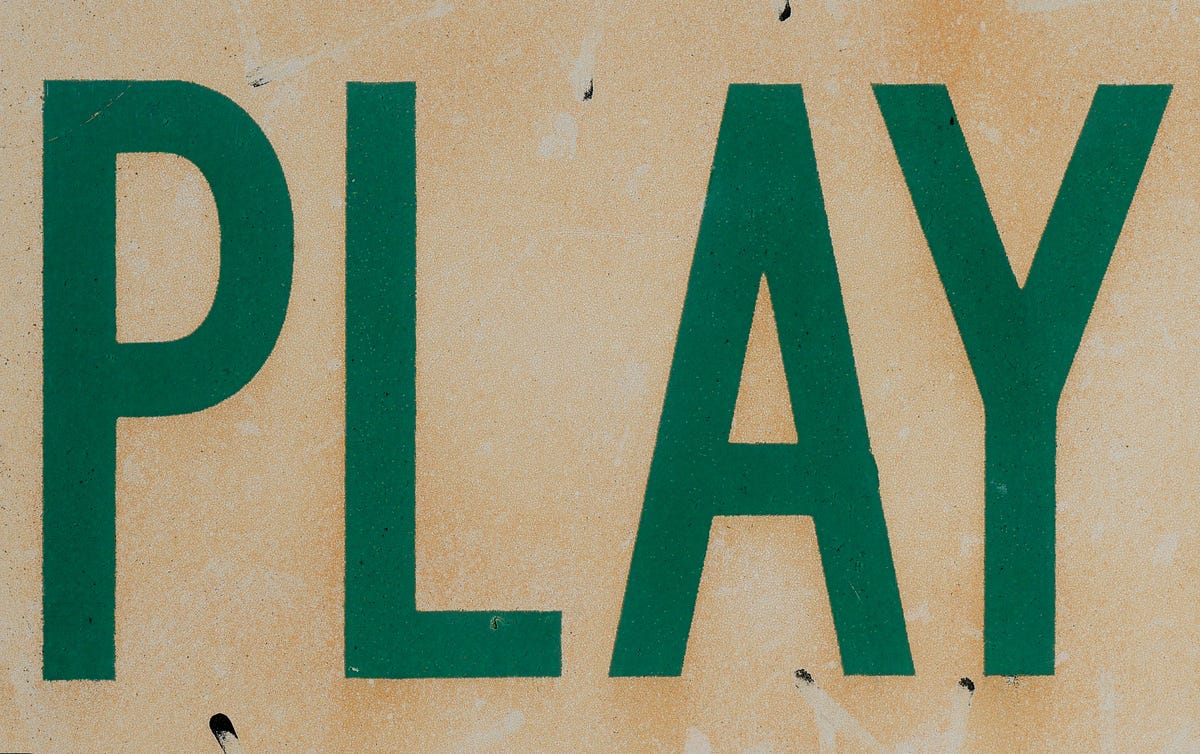Computational Lesson-Planning: Easy Ways to Introduce Computational Thinking Concepts into Your Lessons
by Jesika Brooks
Computational thinking is a mindset that is complemented by technology, not necessarily bound by it. You can still introduce computational thinking if you’re not a one-to-one iPad school, for example. In fact, some concepts can be as simple as adding a reflective assessment to the end of your lessons, allowing for students to uncover their thought processes and engage in metacognitive thought.
While computational thinking most often relates to coding or computers, as it derives from core ideas in computer science, computational thought is really a way of looking at problems. This means that computational thinking can be introduced into all sorts of classrooms — not just in STEM classes, but in art and music classes, or in physical education.
Why Computational Thinking Gets an A+
Like digital citizenship, computational thinking is a useful skill for students to master before they enter the “real world.” Practicing computational thought enables them to pick up new technologies, as well as utilize said technologies for work and play. Computational thinking is a transferable skill, and it can act as a lens through which students can view problems outside the classroom.
In a way, practicing computational thinking through such tasks as deconstruction and experimentation can help to abolish the fear of failure, which stymies a growth mindset. After all, if failure is a necessary component of success, what’s there to fear? Students who feel comfortable with limited information and unknown variables are more prepared to tackle new ideas.
Given that computational thinking can provide real value for your students, how can you sprinkle it into your lessons? By utilizing computational thinking concepts, you can tweak your preexisting lessons without too much trouble. While I’ll be using the English language arts (ELA) classroom as an example, each concept can be applied more broadly.
Pattern Recognition: Beyond Stripes and Solids
One big component of computational thinking is pattern recognition. Pattern recognition can help to determine the build of a system as well as find inefficiencies, perfect for generating an engineering mindset. It can also help to determine the “variables” of a problem.
One way to practice pattern recognition is to have students look at data and see where they can find repeating data points. The typical thematic analysis assignment found in many ELA classes relates well to the concept of pattern recognition. In fact, some digital humanists devote their research to using computers to figure out the commonalities of punctuation or sentiment in a book or corpus that the human eye might not catch.
If doing such a deep dive isn’t possible, you can still have students be more thoughtful about their theses. Maybe you can challenge them to look for unusual patterns in their texts. What if every student drew a noun from a hat prior to reading a novel, and they were responsible for noting when that noun appeared? Take the noun “food,” for example. Primed to notice every incident in which a character eats a meal, a student could begin to see how food is used in the novel — as an abstracted symbol, or an incitement of plot or even a tool for characterization. Both abstraction and symbolism are hallmarks of computational thought.
Build ’Em Up and Break ’Em Down: Deconstruction and Reconstruction
Just as pattern recognition can be a helpful tool in discovering the possible inner workings of a system, deconstruction and reconstruction allow students to demolish and rebuild the systems they discover. Changing built-in systems and tinkering with “variables” are the basis of coming up with new algorithms for solving problems. Understanding systems is also inherently valuable — grammar and syntax underpins language, for example.
Going back to the ELA classroom, perhaps looking at a broad overview of a certain genre could help students see the commonalities of that genre’s books. For a fun question, you could ask, “What makes a graphic novel?” This could be a good way to introduce the idea of critical lenses, not casting any one lens as right or wrong. You could also use charts or graphs to deconstruct the genre into its core components. If one component changes, is the book still a part of that genre?
This question could be a nice way to bring up generators and bots, showing how traits and qualities can be remixed into new forms. (YA readers may enjoy this John Green plot generator!) You could also encourage students to add their own “members” to the system they uncover. For example, you could have them create their own graphic novel pitch. These pitches could lead into a discussion of inclusivity and bias, or into the idea of deconstruction as a trope.
Failure Means You’re Learning
Part of computational thinking relies on students’ lack of fear in getting an answer “wrong,” particularly during the early, exploratory stages of a project. Fear of failure is common, and it persists well into adulthood. Students don’t want to be seen as “dumb” or incapable, and those feelings can stand in the way of making real progress, especially in a classroom where peer pressure is paramount.
To a certain extent, the only way to get a classroom to feel like a true learning environment is to make every student feel that failure is okay. Doing so relies on understanding your students as people, as dealing with personality clashes and students’ individual backgrounds is a huge part of classroom management. Still, one way to banish a fear of failure is to consider ways of incorporating small wins into lessons.
In some fields such as writing or art, professionals must fight through rejection on a near-daily basis. To counter the awfulness of that feeling of failure, some people have created games in order to get past their initial knee-jerk reaction of despair. Some writers and artists hold “100 Rejections” challenges, aiming to collect rejection letters. Others engage in “rejection therapy,” in which failure is the end goal, not an unfortunate “game over” end state.
Why not gamify failure in the classroom, as well? One example in higher ed comes from an anecdote found in the book Art & Fear. In it, a professor divided a pottery class into two groups. While the first group had to submit one pot for a final grade, the second group had to submit a specific poundageof pots. In the end, members of the second group had the highest grades, as they were unbridled by the stress of perfection. They were able to fail over and over.
To alleviate this stress for your students, you could try emphasizing process over perfection. Rather than having students submit a long-form story as a capstone assignment, perhaps they could be graded on the amount of flash fiction they produce. The very process of iterating story after story imparts useful writing skills. In fact, there might be some unconscious pattern recognition as they go along, wherein the students notice their preferred tropes or storytelling techniques.
Experiment, Experiment, Experiment
Students can create experiments to figure out what makes systems tick. Similar to reconstruction, experimentation results in new ideas being extrapolated from recognized patterns. And without a fear of failure, tinkering becomes play.
Obviously in STEM fields, experimentation is not only expected, but celebrated. But even in the humanities, students can intuit how cause and effect works. In music, changing between a minor key and a major key can shift the perceived mood of a piece, at least to Western ears. Color swaps in a piece of art can have emotive effects.
One idea for experimental writing assignments could be to have students create choose-your-own-adventure stories with branching paths. This type of writing emphasizes the “if this, then that” thought process that’s so vital to creating algorithms or step-by-step instructions. There are several game development–based tools available for creating these stories, but even pen and paper can work. Again, computational thinking is more about the thought that goes into the process.
Exploring Further Resources
Some of these ideas might seem a bit simple. And that’s because they are! Even with the rote standby of analyzing a text for themes and characters, you can do a little recombination of your own to further cement the idea of recognizing patterns or breaking down a system.
As you become more comfortable with computational thinking, you can begin to introduce technology into your lessons to help with analysis, experimentation, charting and more. Symbolic programming languages can help students manipulate abstracted ideas, for example. Seeing the skills they’ve learned be applied to practical tasks can be empowering.
As more people recognize the value of computational thinking, educators are publishing their own lesson plans and ideas online. This online book, for example, offers a treasure-trove of ideas for incorporating computational thinking into lessons by subject. Examples range from robotics to data analysis and more. There are also plenty of other concepts not explored in this article, such as reflection and metacognition.
Another useful resource is the Computational Thinking Initiatives (CTI), a nonprofit group devoted to sharing tools and resources for educators looking to introduce computational thinking into their classrooms. They share pre-developed lesson plans built using the Wolfram Language, offer an AI Leagueand coding challenges, and help engage in community efforts to spread the word about computational thinking. If you want more personalized advice, you can reach out to them with questions.



